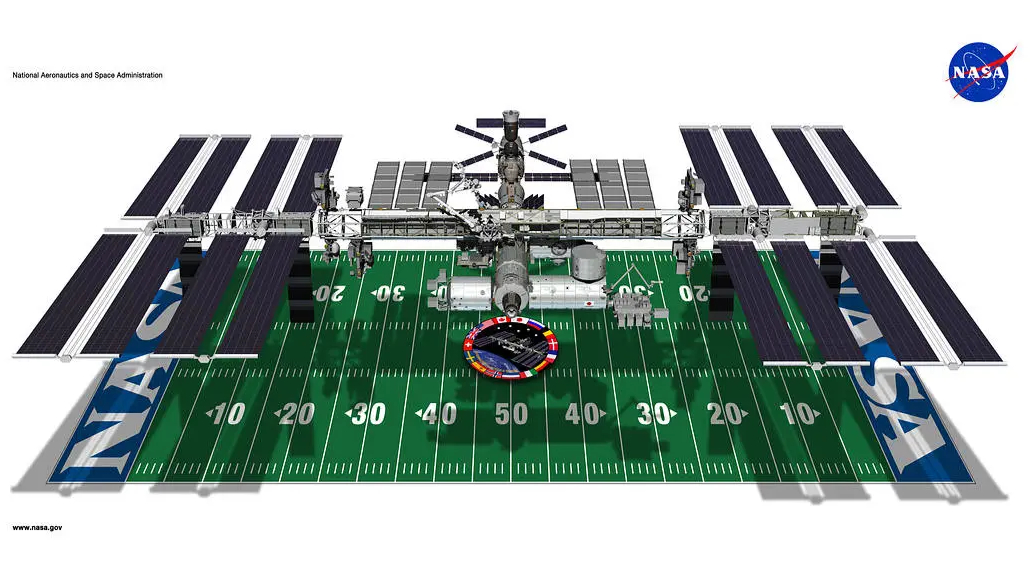How AI is Transforming Supply Chain Optimization: A Developer’s Perspective
Supply chain optimization is becoming increasingly dependent on AI-driven solutions. From predictive analytics to intelligent automation, developers play a crucial role in integrating AI into logistics and inventory management. In this article, we'll explore how AI is revolutionizing supply chains and demonstrate a practical Python example using machine learning. The Role of AI in Supply Chain Management AI enhances supply chain efficiency by: Predicting demand using machine learning algorithms Optimizing routes through AI-powered logistics planning Reducing waste with real-time inventory tracking Automating decision-making using AI-based recommendations Key Technologies Behind AI in Supply Chains Several AI-driven technologies power modern supply chains: Machine Learning (ML): Forecasts demand based on historical data Natural Language Processing (NLP): Enhances supplier communications Computer Vision: Tracks product quality and warehouse automation Reinforcement Learning: Optimizes delivery schedules dynamically Implementing a Simple AI Model for Demand Forecasting Let's build a simple demand forecasting model using Python and scikit-learn. *Step 1: Install Required Libraries * pip install pandas numpy scikit-learn matplotlib Step 2: Import Dependencies import pandas as pd import numpy as np import matplotlib.pyplot as plt from sklearn.model_selection import train_test_split from sklearn.linear_model import LinearRegression from sklearn.metrics import mean_absolute_error Step 3: Generate Synthetic Demand Data data = { 'Day': np.arange(1, 101), 'Sales': np.random.randint(50, 200, size=100) } df = pd.DataFrame(data) Step 4: Train a Simple Regression Model X = df[['Day']] y = df['Sales'] X_train, X_test, y_train, y_test = train_test_split(X, y, test_size=0.2, random_state=42) model = LinearRegression() model.fit(X_train, y_train) Step 5: Make Predictions and Evaluate the Model y_pred = model.predict(X_test) error = mean_absolute_error(y_test, y_pred) print(f"Mean Absolute Error: {error:.2f}") Step 6: Visualize Predictions plt.scatter(X_test, y_test, color='blue', label='Actual') plt.plot(X_test, y_pred, color='red', label='Predicted') plt.xlabel('Day') plt.ylabel('Sales') plt.title('AI Demand Forecasting') plt.legend() plt.show() AI-driven solutions are transforming supply chain optimization by providing accurate demand forecasting and real-time analytics. Developers can leverage machine learning techniques to enhance efficiency and reduce costs in logistics and inventory management. Want to explore more? Try integrating deep learning models like LSTMs for advanced demand forecasting

Supply chain optimization is becoming increasingly dependent on AI-driven solutions. From predictive analytics to intelligent automation, developers play a crucial role in integrating AI into logistics and inventory management. In this article, we'll explore how AI is revolutionizing supply chains and demonstrate a practical Python example using machine learning.
The Role of AI in Supply Chain Management
AI enhances supply chain efficiency by:
- Predicting demand using machine learning algorithms
- Optimizing routes through AI-powered logistics planning
- Reducing waste with real-time inventory tracking
- Automating decision-making using AI-based recommendations
Key Technologies Behind AI in Supply Chains
Several AI-driven technologies power modern supply chains:
- Machine Learning (ML): Forecasts demand based on historical data
- Natural Language Processing (NLP): Enhances supplier communications
- Computer Vision: Tracks product quality and warehouse automation
- Reinforcement Learning: Optimizes delivery schedules dynamically
Implementing a Simple AI Model for Demand Forecasting
Let's build a simple demand forecasting model using Python and scikit-learn.
*Step 1: Install Required Libraries
*
pip install pandas numpy scikit-learn matplotlib
Step 2: Import Dependencies
import pandas as pd
import numpy as np
import matplotlib.pyplot as plt
from sklearn.model_selection import train_test_split
from sklearn.linear_model import LinearRegression
from sklearn.metrics import mean_absolute_error
Step 3: Generate Synthetic Demand Data
data = {
'Day': np.arange(1, 101),
'Sales': np.random.randint(50, 200, size=100)
}
df = pd.DataFrame(data)
Step 4: Train a Simple Regression Model
X = df[['Day']]
y = df['Sales']
X_train, X_test, y_train, y_test = train_test_split(X, y, test_size=0.2, random_state=42)
model = LinearRegression()
model.fit(X_train, y_train)
Step 5: Make Predictions and Evaluate the Model
y_pred = model.predict(X_test)
error = mean_absolute_error(y_test, y_pred)
print(f"Mean Absolute Error: {error:.2f}")
Step 6: Visualize Predictions
plt.scatter(X_test, y_test, color='blue', label='Actual')
plt.plot(X_test, y_pred, color='red', label='Predicted')
plt.xlabel('Day')
plt.ylabel('Sales')
plt.title('AI Demand Forecasting')
plt.legend()
plt.show()
AI-driven solutions are transforming supply chain optimization by providing accurate demand forecasting and real-time analytics. Developers can leverage machine learning techniques to enhance efficiency and reduce costs in logistics and inventory management.
Want to explore more? Try integrating deep learning models like LSTMs for advanced demand forecasting







































































